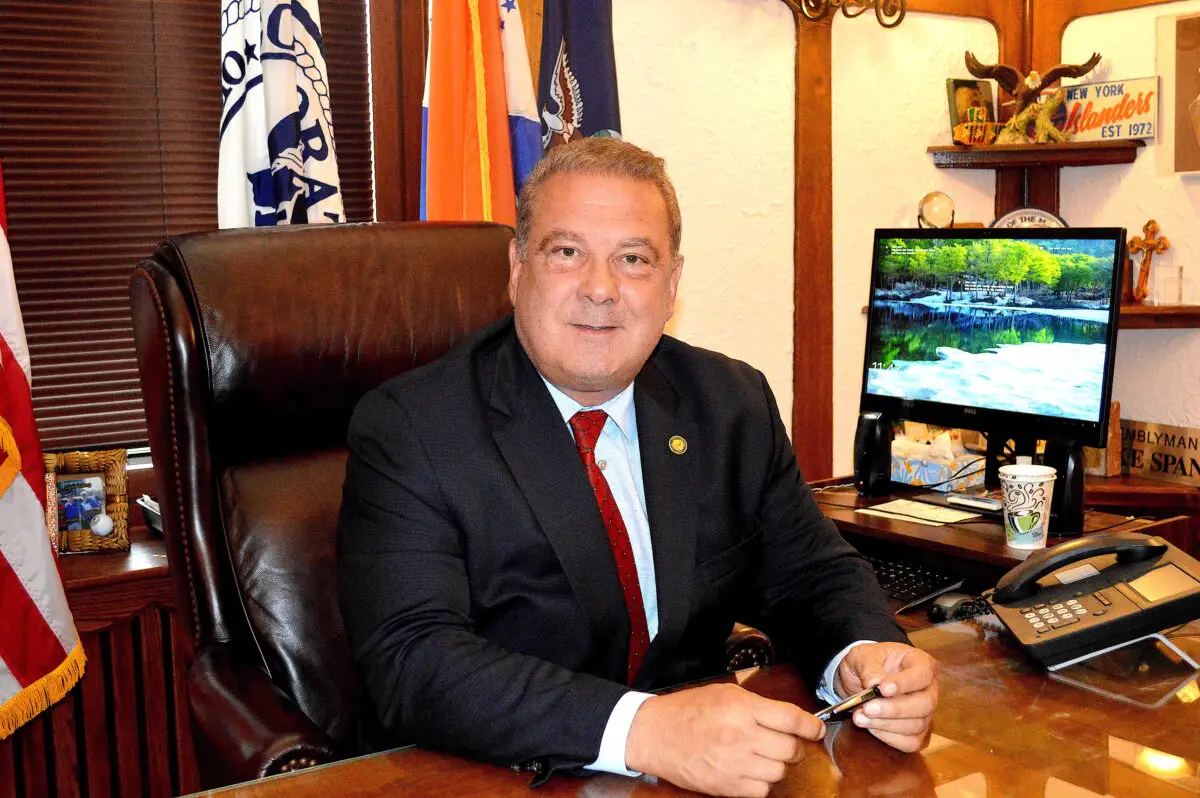Connecticut”™s K-12 schools will reopen this fall as originally scheduled ”“ with a number of caveats, of course.
At his daily briefing yesterday, Gov. Ned Lamont said school districts should expect the school year to “start as close as possible to the regular time, with normal school days and school weeks as close as possible.”
All plans are contingent upon how the COVID-19 pandemic develops, the governor said.
 While in-school, full-time instruction is expected to be in place for the beginning of the 2020-21 academic year, school districts are required to come up with contingency plans should the situation deteriorate, Department of Education Commissioner Miguel Cardona said.
While in-school, full-time instruction is expected to be in place for the beginning of the 2020-21 academic year, school districts are required to come up with contingency plans should the situation deteriorate, Department of Education Commissioner Miguel Cardona said.
Over 23,000 residents and more than 16,000 students provided input on what they believed was necessary to ensure the physical safety of students and staff, as well as addressing socio-emotional and mental health needs going forward, the commissioner said.
Both Cardona and Lamont acknowledged that some parents, students and educators have expressed anxiety about going back to the classroom, but said the majority of those who have voiced opinions seemed eager to return.
The state has approximately 560,000 K-12 students.
While some consideration had been given to reopening on a geographical or district-by-district basis, Lamont said that, given Connecticut”™s low infection rate at the moment, it was decided to open all districts simultaneously at a yet-to-be-determined date in August.
Likewise, Cardona said that plans to allow students back on alternating days or in shifts to further mitigate exposure to the coronavirus were deemed unnecessary at this time.
While the last academic year was one of disruption ”“ Lamont temporarily closed all K-12 schools on March 16, before eliminating the rest of the year as the pandemic continued to spread ”“ Cardona said the coming year would be one of “innovation and commitment.”
“It will be our most important year as educators,” he said.
More specific details are expected to be released on Monday. For now, guidelines include:
Cohorting
- Districts should emphasize grouping students by the same class/group of students and teacher (into a cohort) so each team functions independently as much as possible, and are encouraged to utilize that methodology by grade levels.
- Placing students in cohorts is strongly encouraged for grades K-8, and encouraged where feasible for grades 9-12.
Social Distancing and Facilities
- Review building space and reconfigure available classroom space, such as gymnasiums and auditoriums, to maximize social distancing, consistent with public health guidelines in place at that time.
Transportation
- Districts should plan for buses to operate close to capacity with heightened health and safety protocols, including requiring all students and operators wear face coverings.
- Transportation operators will need to activate increased social distancing protocols based upon community spread.
Face Coverings
- All staff and students will be expected to wear a protective face covering or face mask that completely covers the nose and mouth when inside the school building, except for certain exceptions including when teachers are providing instruction.
Ensuring Equity and Access
- Equitable access to education is considered a top priority that supports a full-time in-school model by mitigating any barriers to education or opportunity gaps that increased during the pandemic. Cardona said that efforts to support equity, close the opportunity gap, and provide a wide range of support for students in the state is best achieved with in-person schooling opportunities for all ages.
- Districts should identify gaps and develop action plans for reopening that specifically address inclusion, equity and access for all learners with strategies and clearly defined action steps.
Monitoring, Containment, and Class Cancellations Plan
- Develop robust monitoring and containment protocols and class cancellation plans in the event there are public health indicators that may require temporary closing of the building, such as evidence of community transmission in the school.
- If public health data requires partial reopening, or if schools”™ containment efforts require partial closure, local education agencies must prioritize the return of vulnerable learner groups, with specific protocols to increase the in-school population over time until full in person instruction is achieved.
Additional information can be found here.




















